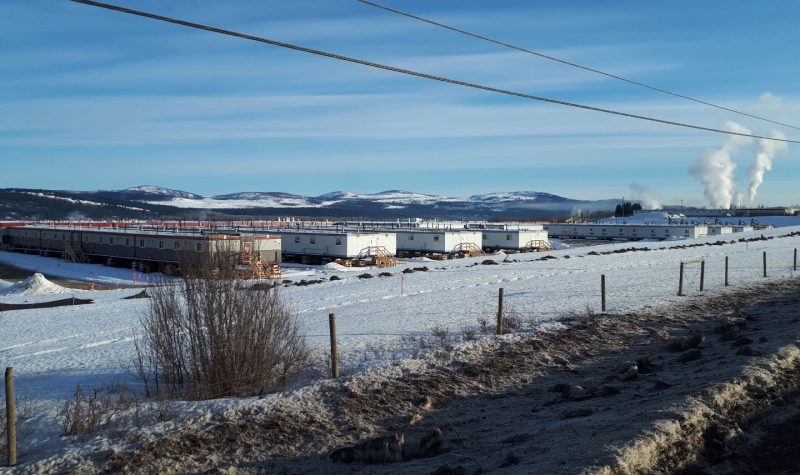The controversy surrounding environmental impact from the Coastal GasLink pipeline is still ongoing.
In December 2020, Coastal GasLink came under scrutiny by BC’s Environmental Assessment Office for failing to comply with proper erosion and sediment control measures. An order was put in place for an independent auditor to conduct biweekly monitoring reports, which would be reviewed by the Environmental Assessment Office rather than Coastal GasLink.
Coastal GasLink is a 670 km pipeline project designed to carry natural gas, obtained by hydraulic fracturing operations in northeastern BC, westbound across the province. After transport, it is converted to a liquified state in a $40 billion facility and then exported to global markets, such as those within Asia via the Douglas Channel.
Like many LNG producers, TC Energy hopes to replace carbon-heavy coal-fired energy in Asia with a cleaner gas alternative. But the question of whether or not this pipeline can be built ethically and safely still stands.
The following audio story offers a brief crash course of the origins of Coastal GasLink, including Indigenous opposition, impacts from COVID-19 as well as potential and current impacts from crossing waterways:


